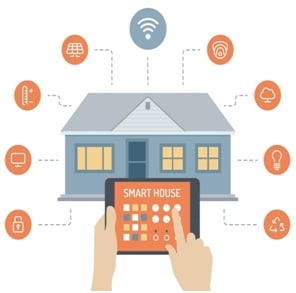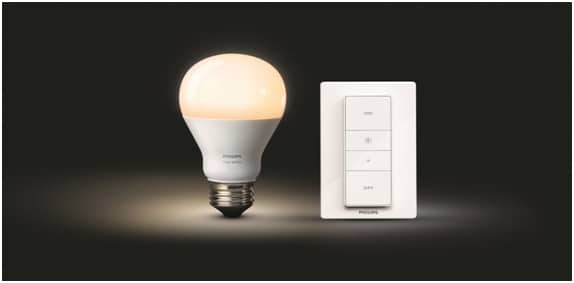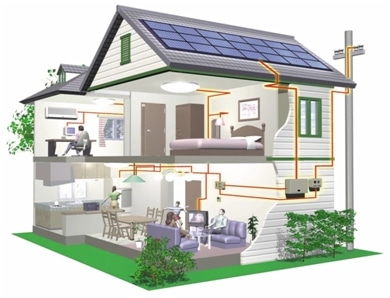
Although Ray’s prediction was perfect, the human development was faster than his expectation as smart homes became common few years ago.
Smart homes: why were they developed?
Smart homes were developed for two main ideas:
- To have controlled, monitored, automated, and secured homes. Briefly to have a comfortable home and easier life as humans always wanted to give orders to someone or something to serve them and meet their needs.
- To save energy and provide efficient solutions. The high prices of energy forced people to think seriously about ways to save energy and make use of energy as much as possible.
The ways smart homes made life more easier is out of scope in this article, let’s discuss how smart homes helped in energy saving and made consumption efficient.
Smart homes and intelligent use of energy
As we mentioned smart homes technology doesn’t only make your life better, but also it saves your money and protect environment. Let’s explore some of the products used in smart homes to see how they make efficient of energy.

Fig.1 Smart house | image: theappsolutions.com
Lighting:
In average nearly one quarter of homes bill spent on lights, so saving light energy will have a tangible effect on the total bill. There are many products to achieve this:
Motion detector
This product used to close and open the lights depending on the absence or existence of persons in a particular space. Such devices can help to decrease lighting cost by more than 40%.
Light dimmer
It’s used to dim the lights of lambs to suits the activity whenever full brightness is not a need. This can cut the cost of lighting by 30%.

Light dimmer | image: engadget.com
Automatic timer
It’s used to open and close the lights at predefined time, e.g. to close the lights at sunrise. Sometimes these timers are replaced by light detectors which cut out or turn on the lights whenever they sense a particular amount of brightness.
Windows control
Using sensors and microprocessors to control the opening and closing of windows or blinds to make use of the sun light and controlling the angle can also low the amount of heat leaked to or from the home which makes the cooling and heating systems more efficient.
Cooling and heating systems
One half of the electricity bills are because of the HVAC systems. So there’s a great potential of using more efficient devices.
Programmable thermostat
Using such product, it’s applicable to set different temperatures during the day.Temperature sensors placement is a very important task; to make sure not to measure fake a temperature.
Zone-Based Thermostats
This will help dividing the home to many zones, each are cooled or heated separately which ensures not wasting energy whenever it’s not used.
Power monitors
These power meters used to monitor the usage of power in home and give an indication so as not to use many appliances in the peak time to avoid paying for electricity with higher tariffs and it also tells you when the energy costs are lower to use your appliances.
Solar power
The use of solar-power products is a valuable way to save energy. The operating cost of this type of energy is ZERO. However its initial cost is high, it saves money over long-term operation.

Solar power house | image: ablazeenergy.com
Conclusion
As it was shown in the last mentioned products and many other products, the trend of smart homes is developing every day not only for making life easier, but also for saving energy and make the use of energy as efficient as possible. What do you wait for?! Make your home smarter and keep your wallet full.
Steven Mill.